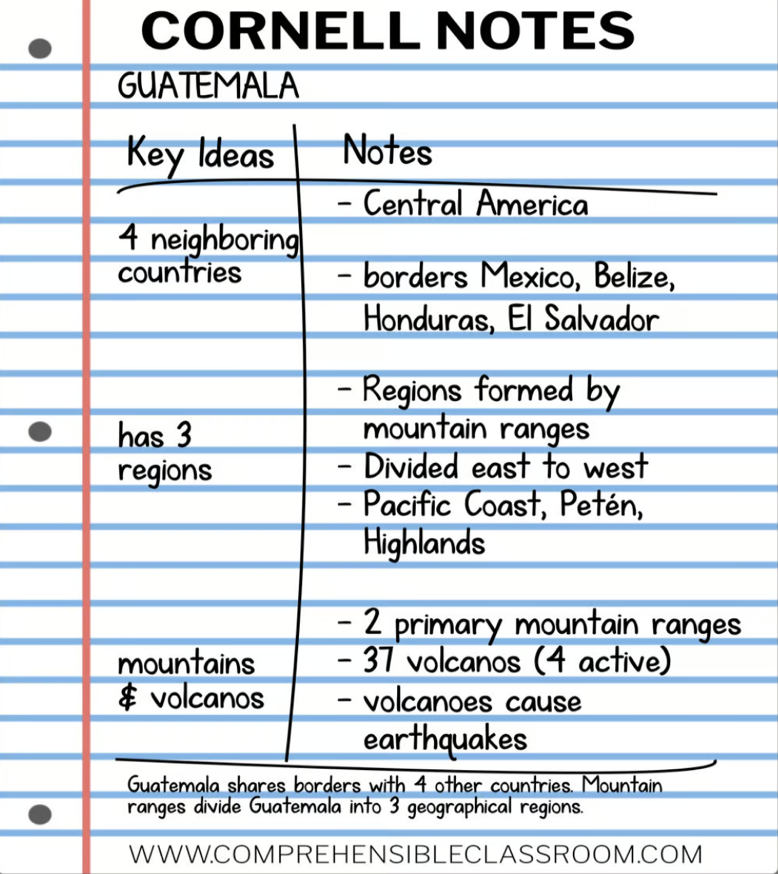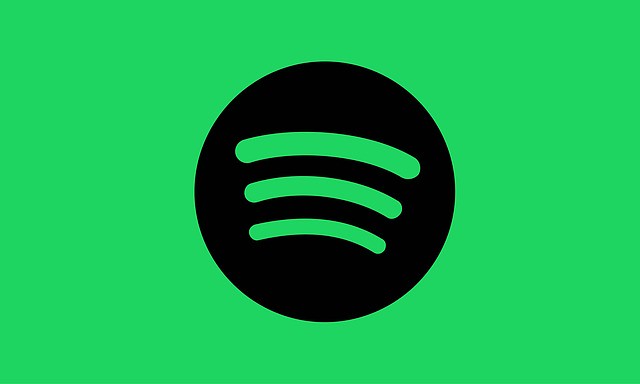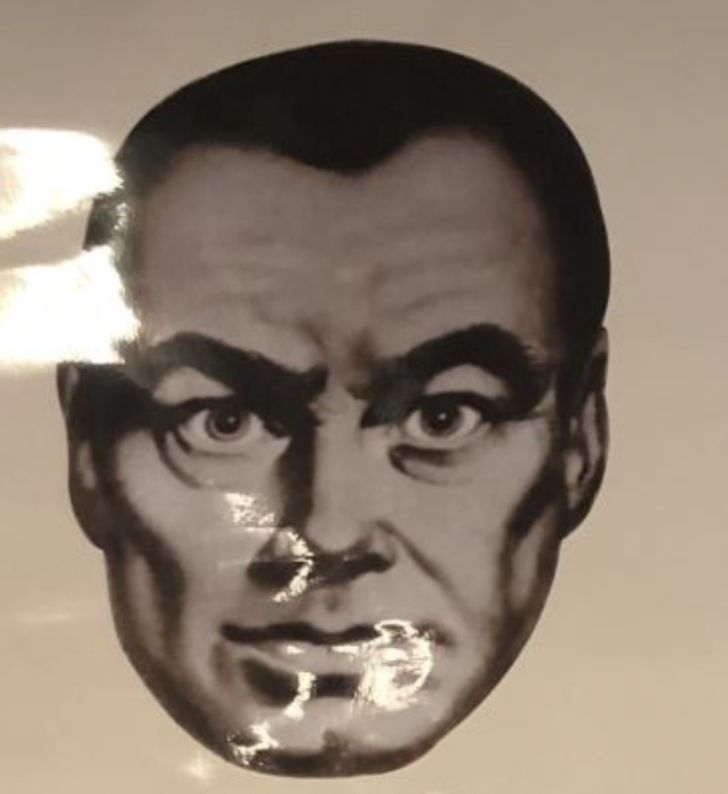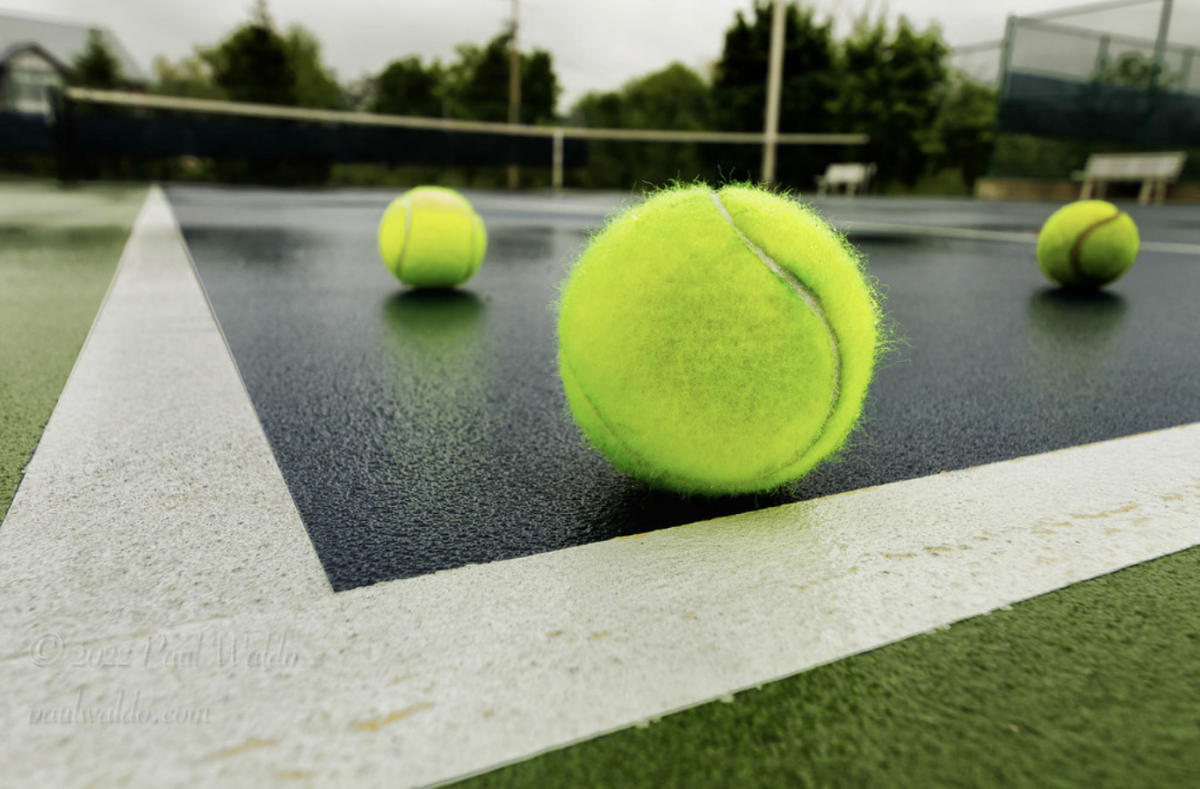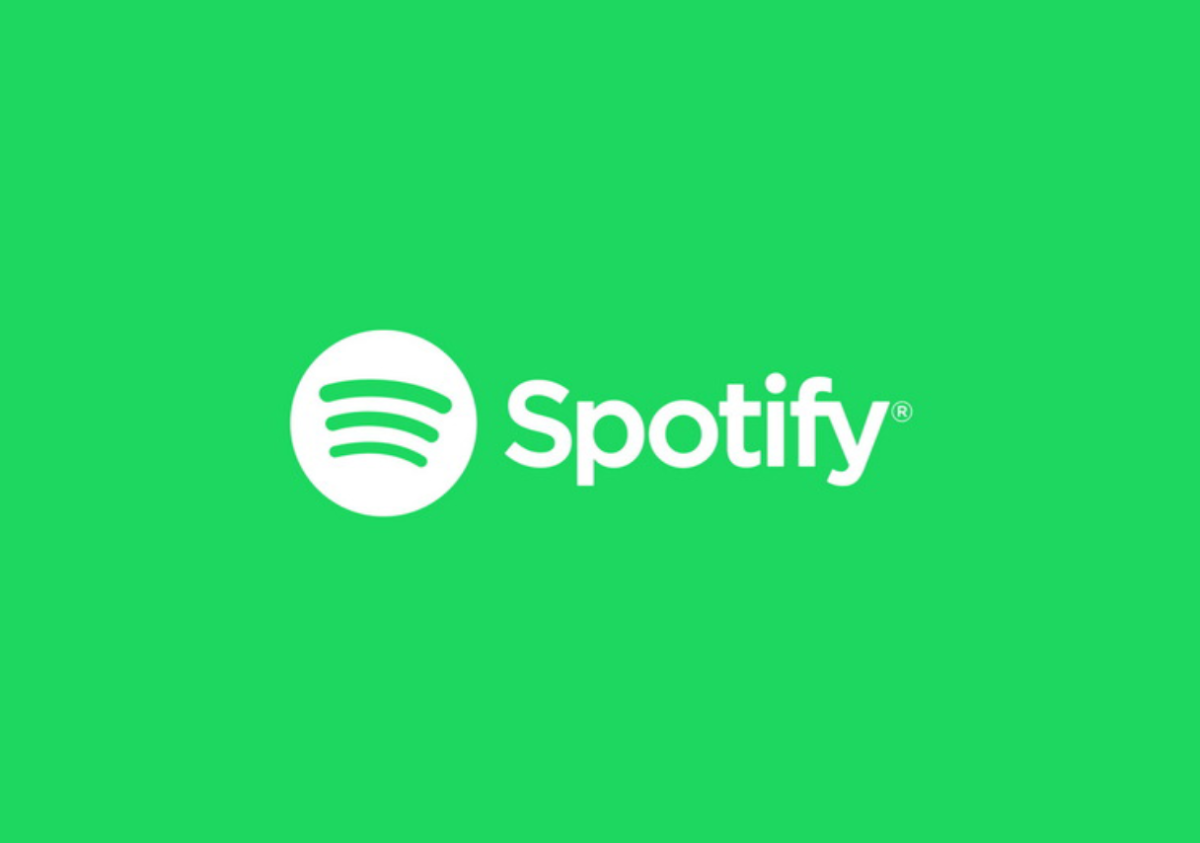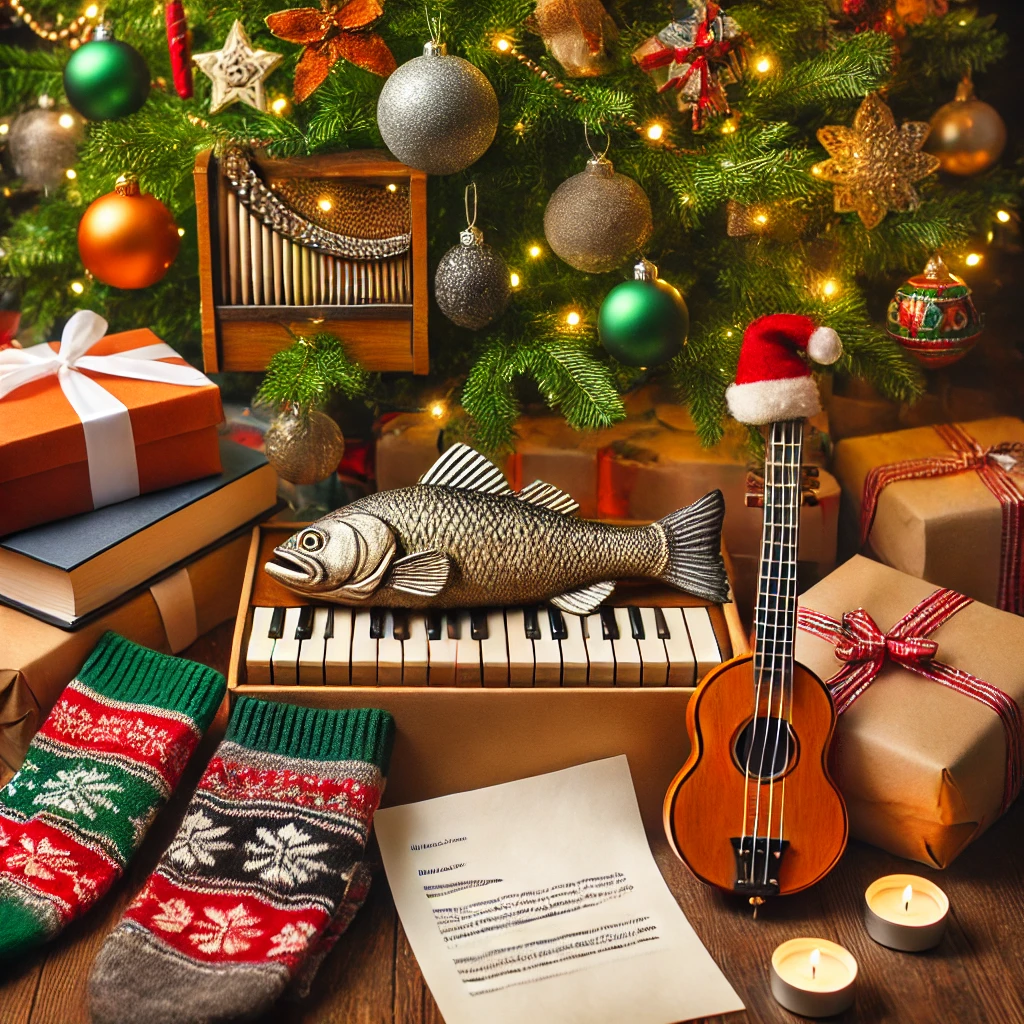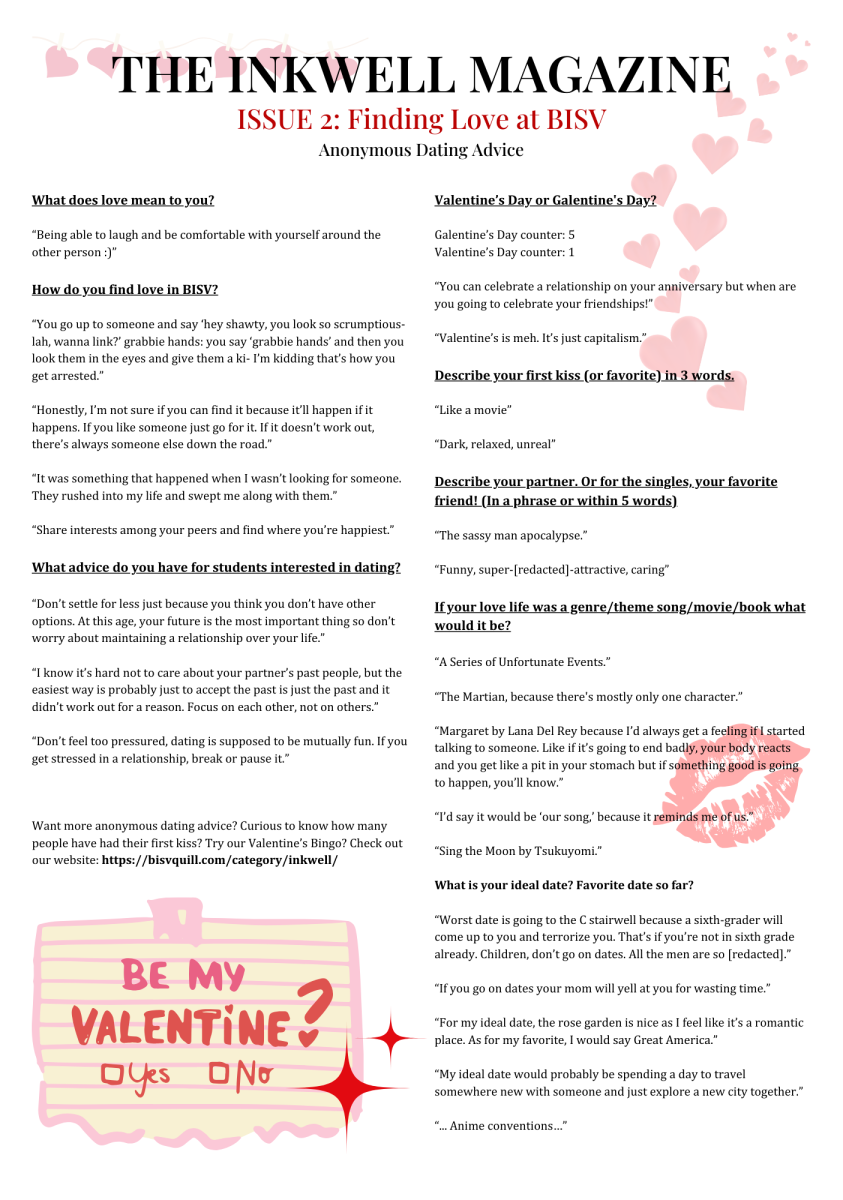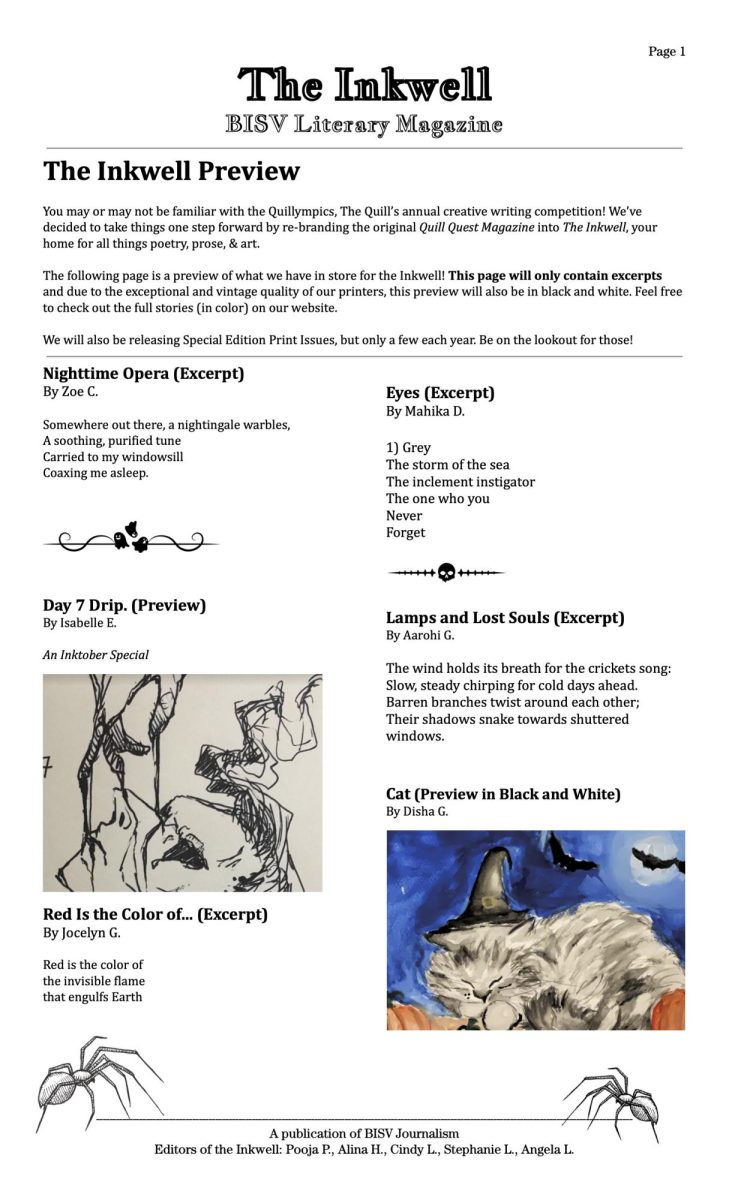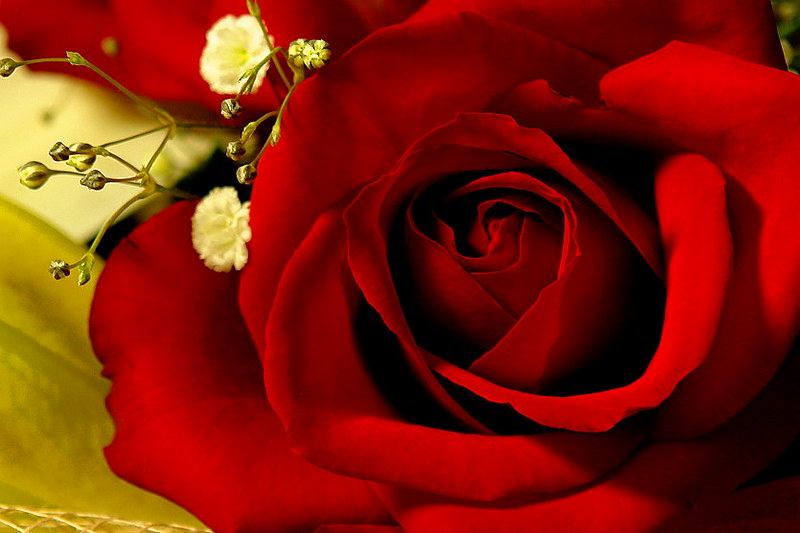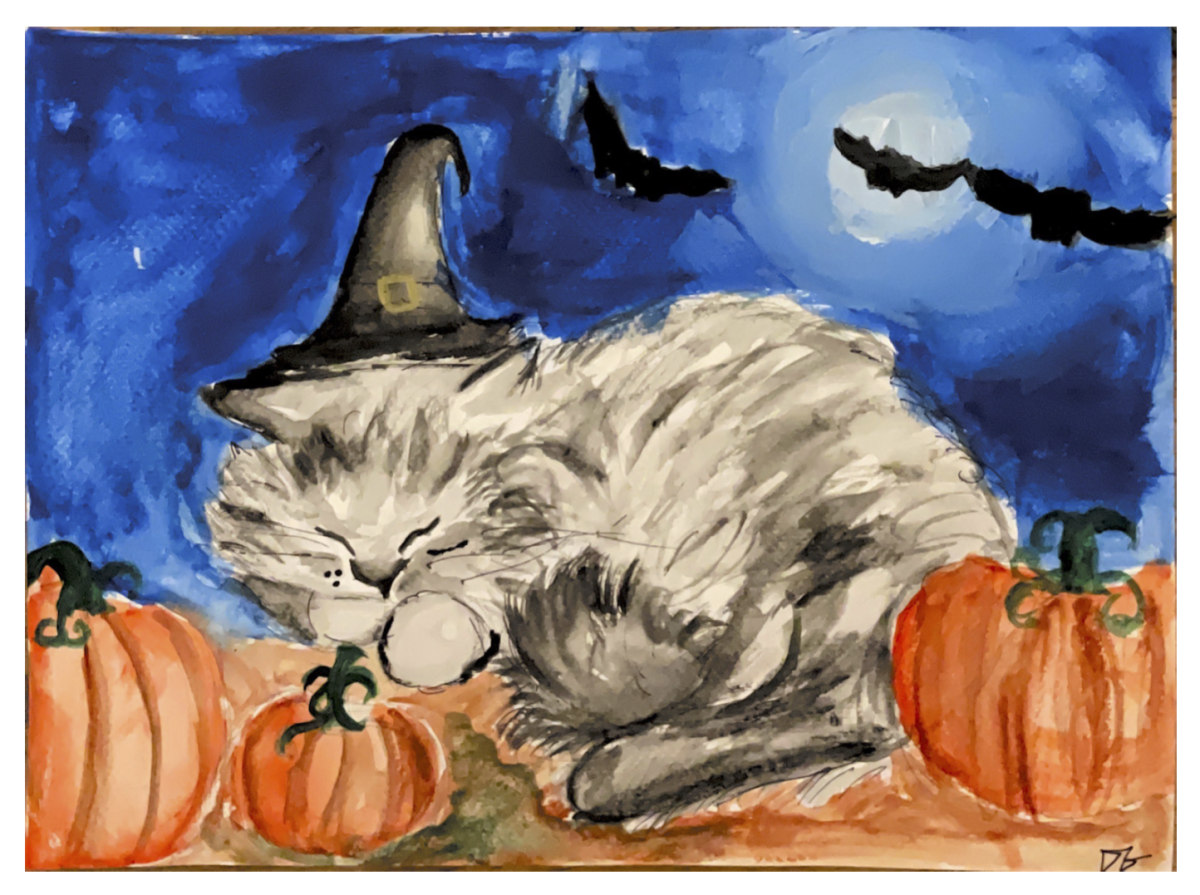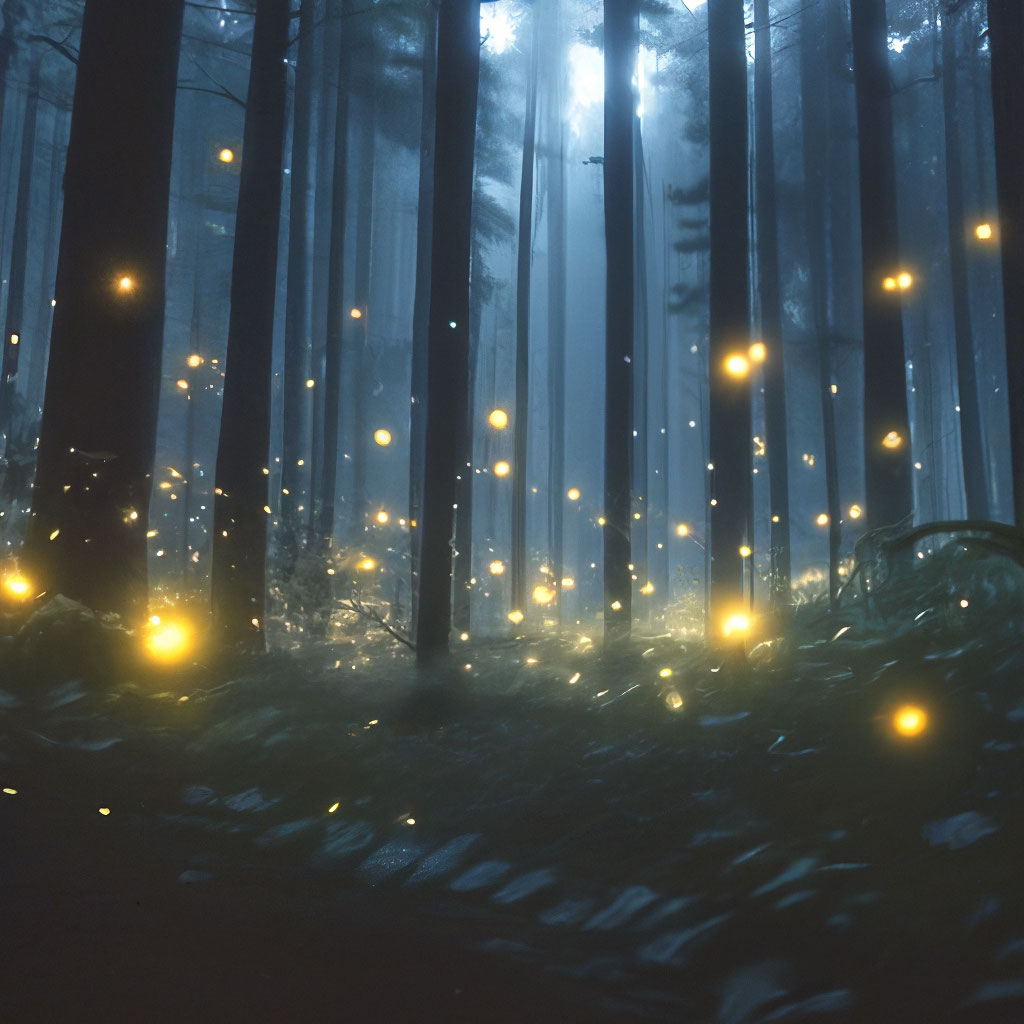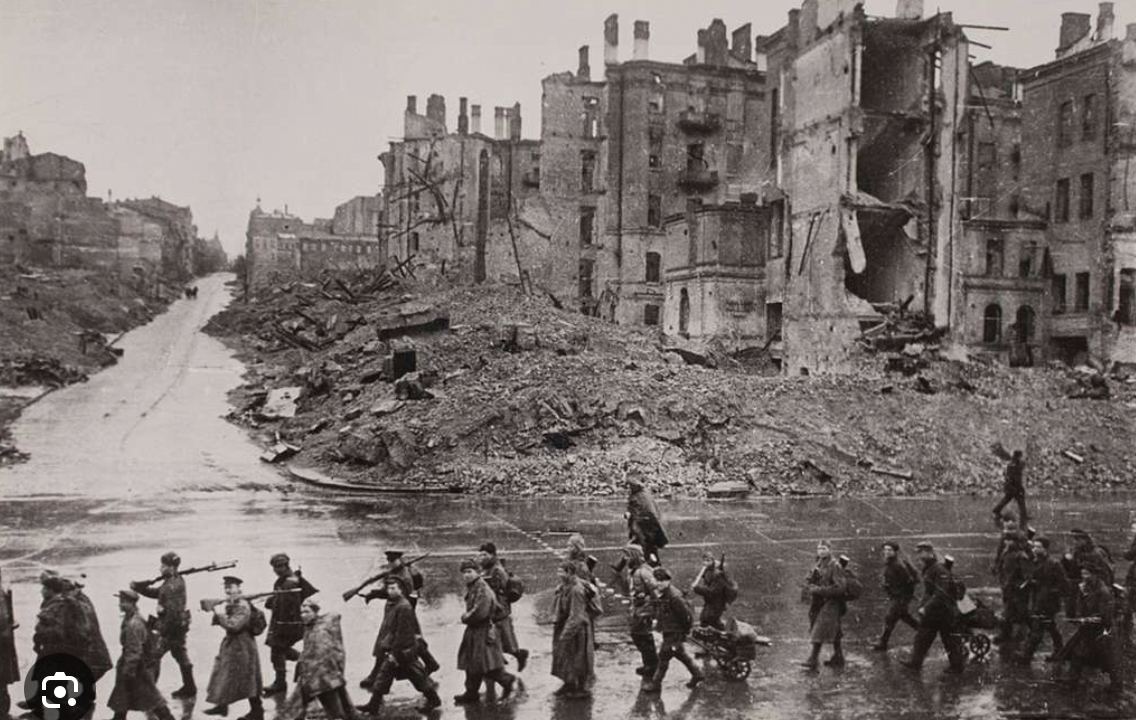Imagine a trash island twice the size of Texas – Welcome to the Great Pacific Garbage Patch, an environmental crisis. The Great Pacific Garbage Patch is an expansive stretch of 1.6 million square kilometers and contains 80,000 tons of marine debris. Located in the North Pacific Ocean, this accumulation of waste is situated between Hawaii and California. This area contains non-biodegradable plastic waste from bottles to fishing gear to microplastics at various depths in the ocean. It comprises the Western Garbage Patch near Japan and the Eastern Garbage Patch near Hawaii and California. As modern society continues to make and inappropriately dispose of cheap, single-use plastics in various industrial products, the patch continues to grow in size.
So how did this trash island form? Garbage from the North Pacific and coasts of the US and Japan is carried by four ocean currents: California current, North Equatorial current, North Pacific current, and Kuroshio current. These currents move in a rotational pattern and converge in the North Pacific Subtropical Gyre. Here, the plastic waste begins to accumulate and concentrate. The majority of the improperly disposed plastics themselves come from China, Indonesia, the Philippines, Vietnam, and Thailand.
The Great Pacific Garbage Patch has numerous negative impacts on marine life and even humans. Sea turtles and albatrosses often mistake plastic bags and pellets for food, causing them to die of starvation or ruptured organs. Seals and fish tend to get caught in plastic fishing nets and die of strangulation. Humans are also affected by these plastics through the processes of bioaccumulation and biomagnification: as we move up the food chain from small marine organisms, the consumption of microplastics continues to increase, reaching large concentrations in humans. This can result in tissue damage, chronic inflammation, and hormonal imbalance.
What is being done to clean up the Great Pacific Garbage Patch? One might assume that it is a simple task to collect garbage floating on the surface of the waters, but that is not the case – the majority of the plastics in the garbage patch are small microplastics at varying depths of the ocean, making them difficult to detect. The Ocean Cleanup Project is an organization with the goal of containing and reducing the size of garbage patch. The project uses a system of barriers to catch small plastics while allowing marine life to pass through unharmed. Moreover, there have been increasing public awareness campaigns to recognize the dangers of the Great Pacific Garbage Patch and the importance of safe and responsible plastic disposal.
Sources:
National Geographic. “Great Pacific Garbage Patch.” Education.nationalgeographic.org, National Geographic, 2 June 2022, education.nationalgeographic.org/resource/great-pacific-garbage-patch/.
Wikipedia Contributors. “Great Pacific Garbage Patch.” Wikipedia, Wikimedia Foundation, 19 Feb. 2019, en.wikipedia.org/wiki/Great_Pacific_garbage_patch.
Bauer, Patricia. “Great Pacific Garbage Patch | Description, Causes, & Facts.” Encyclopædia Britannica, 8 Jan. 2019, www.britannica.com/topic/Great-Pacific-Garbage-Patch.
Kottasová, Ivana. “The Great Pacific Garbage Patch Is Now so Huge and Permanent That a Coastal Ecosystem Is Thriving on It, Scientists Say.” CNN, 17 Apr. 2023, www.cnn.com/2023/04/17/world/plastic-pollution-ocean-ecosystems-intl-climate/index.html.
The Ocean Cleanup. “The Great Pacific Garbage Patch.” The Ocean Cleanup, The Ocean Cleanup, 2021, theoceancleanup.com/great-pacific-garbage-patch/.
Parker, Dianna. “Garbage Patches | OR&R’s Marine Debris Program.” Noaa.gov, 11 July 2013, marinedebris.noaa.gov/info/patch.html.



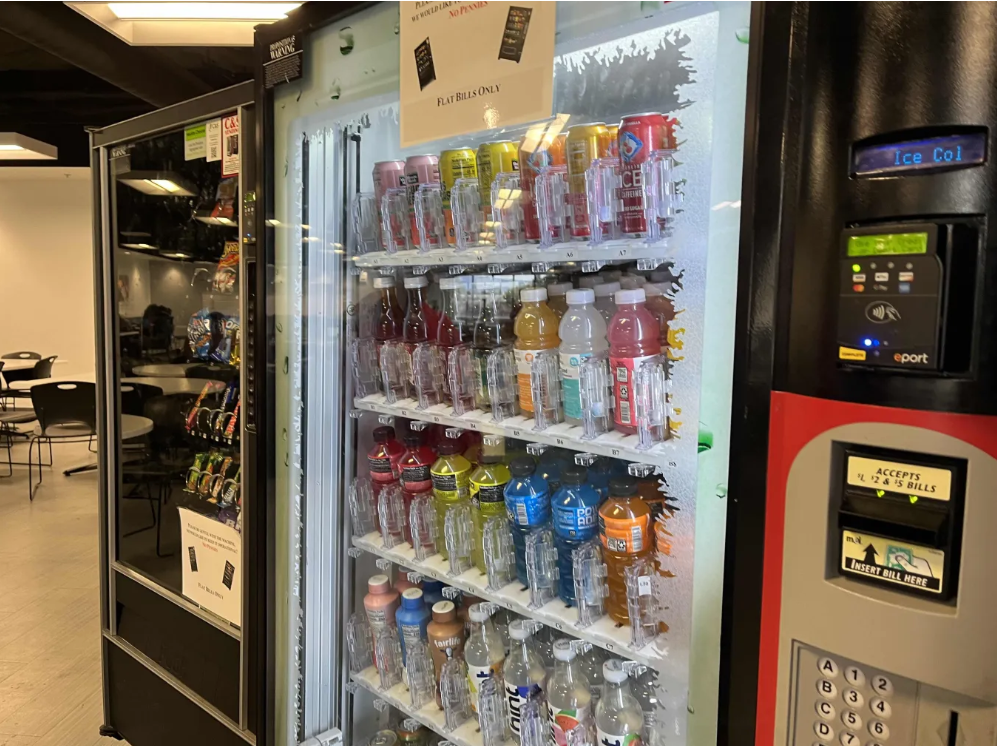


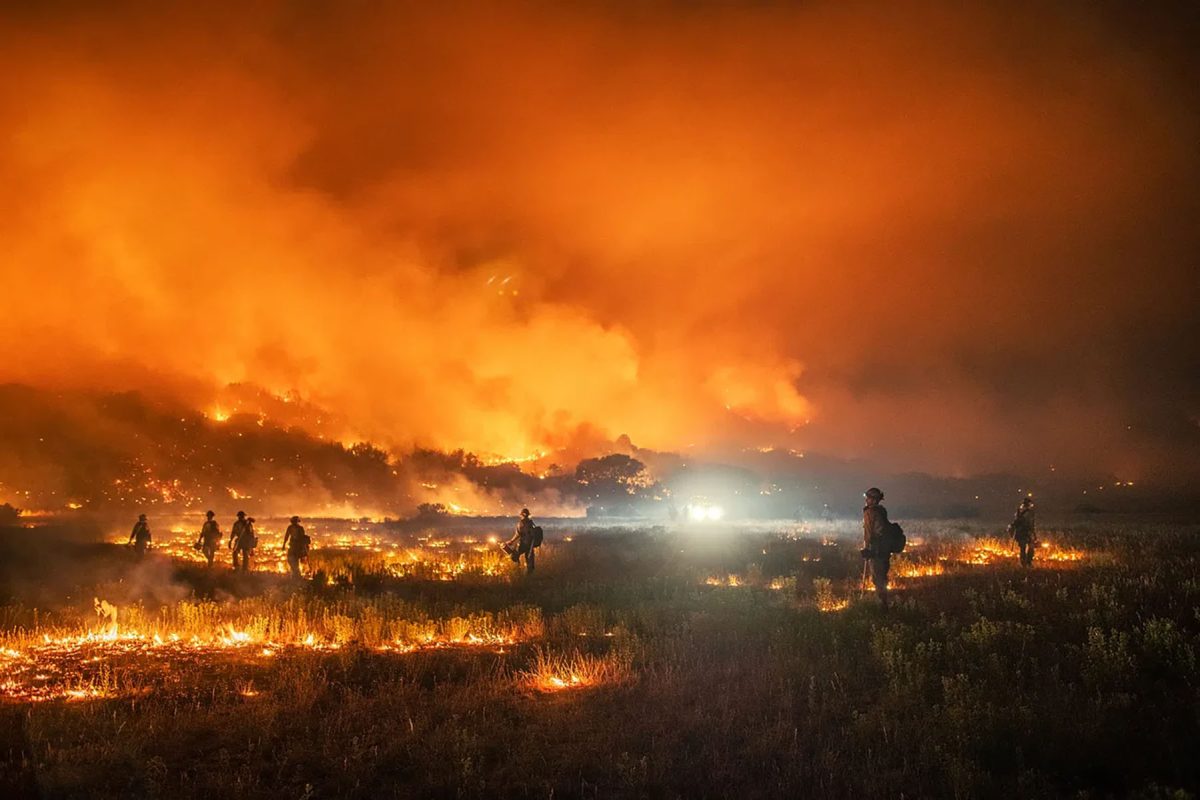



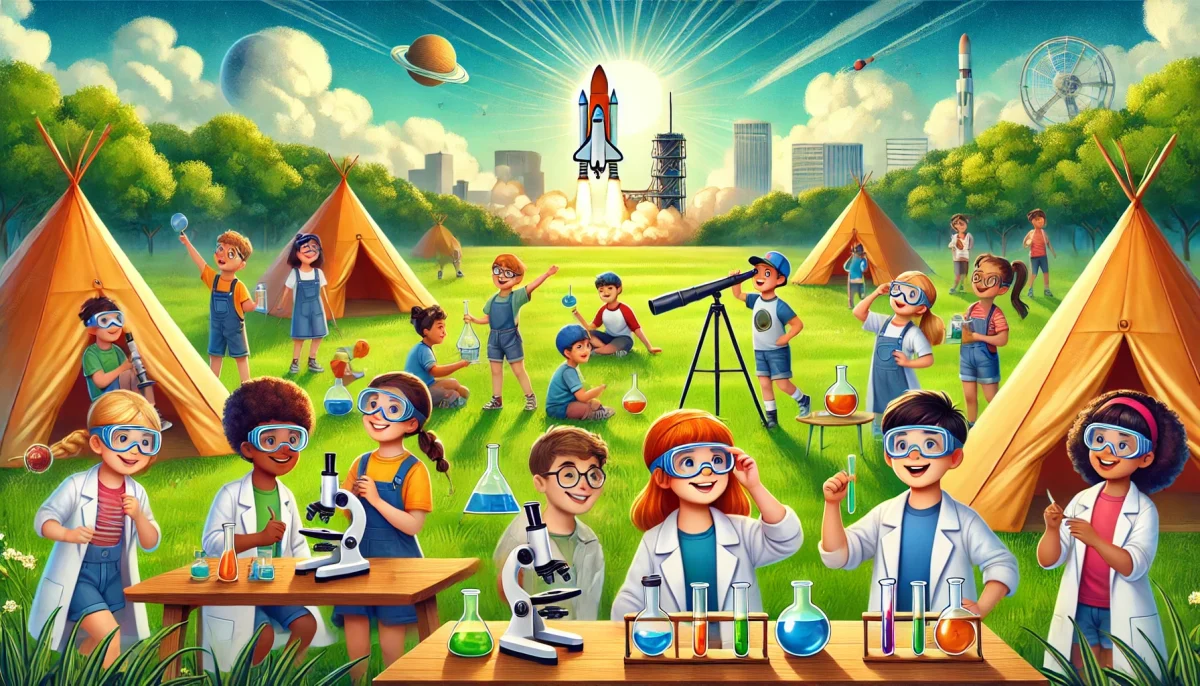
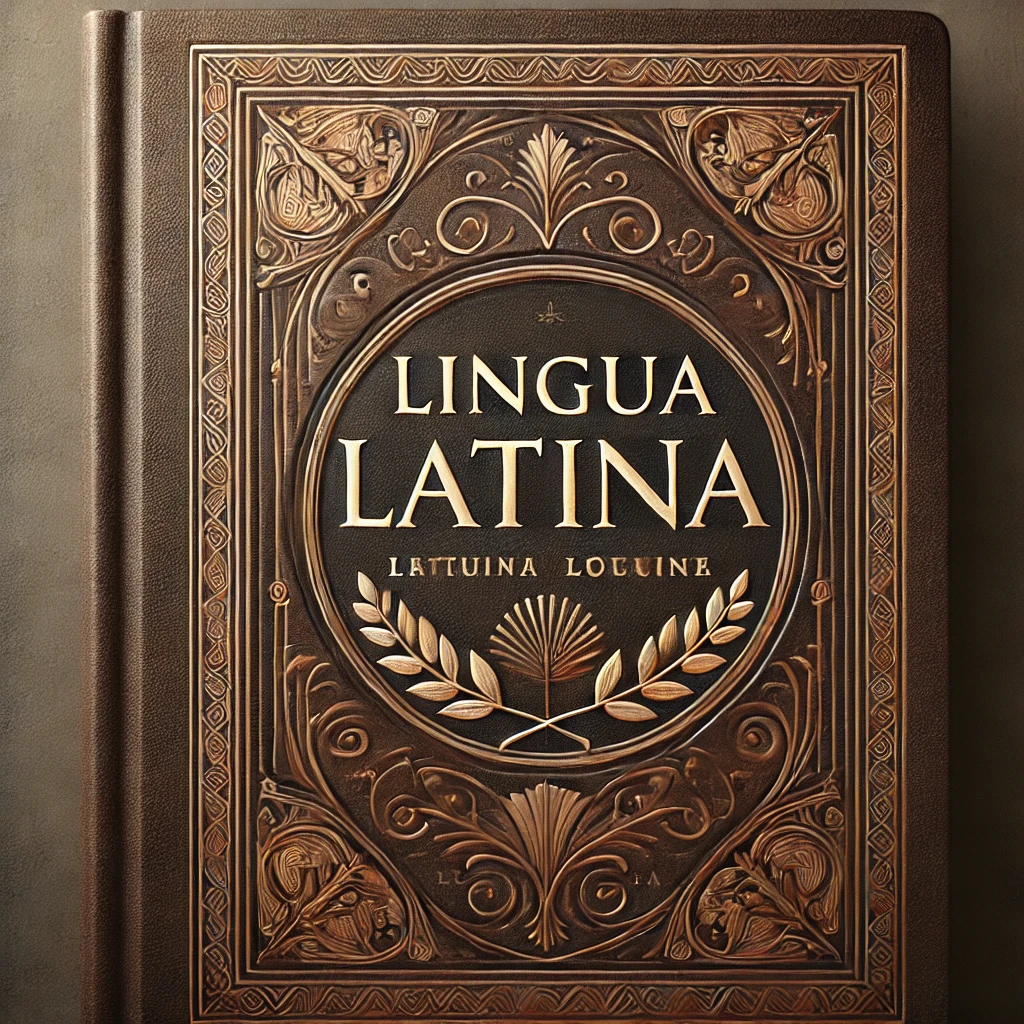


![Teacher [Milk] Tea: Part 2](https://bisvquill.com/wp-content/uploads/2024/03/Screen-Shot-2024-03-19-at-9.28.48-PM.png)
![Teacher [Milk] Tea: Part 1](https://bisvquill.com/wp-content/uploads/2024/03/milk-tea.png)
